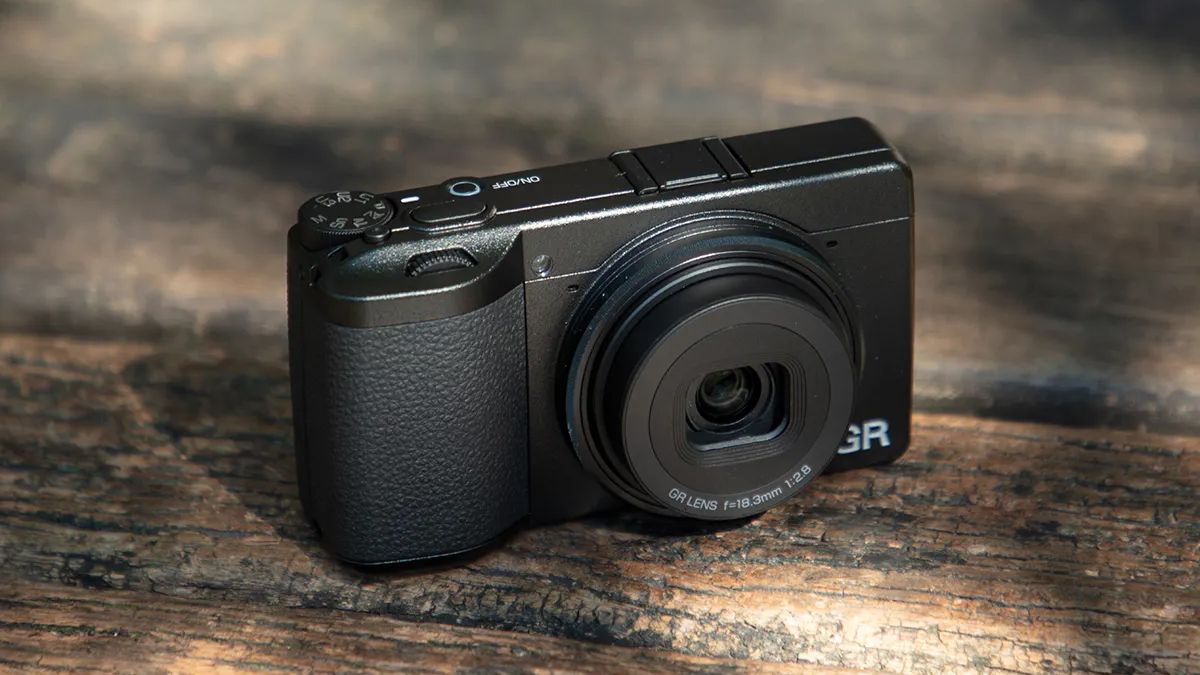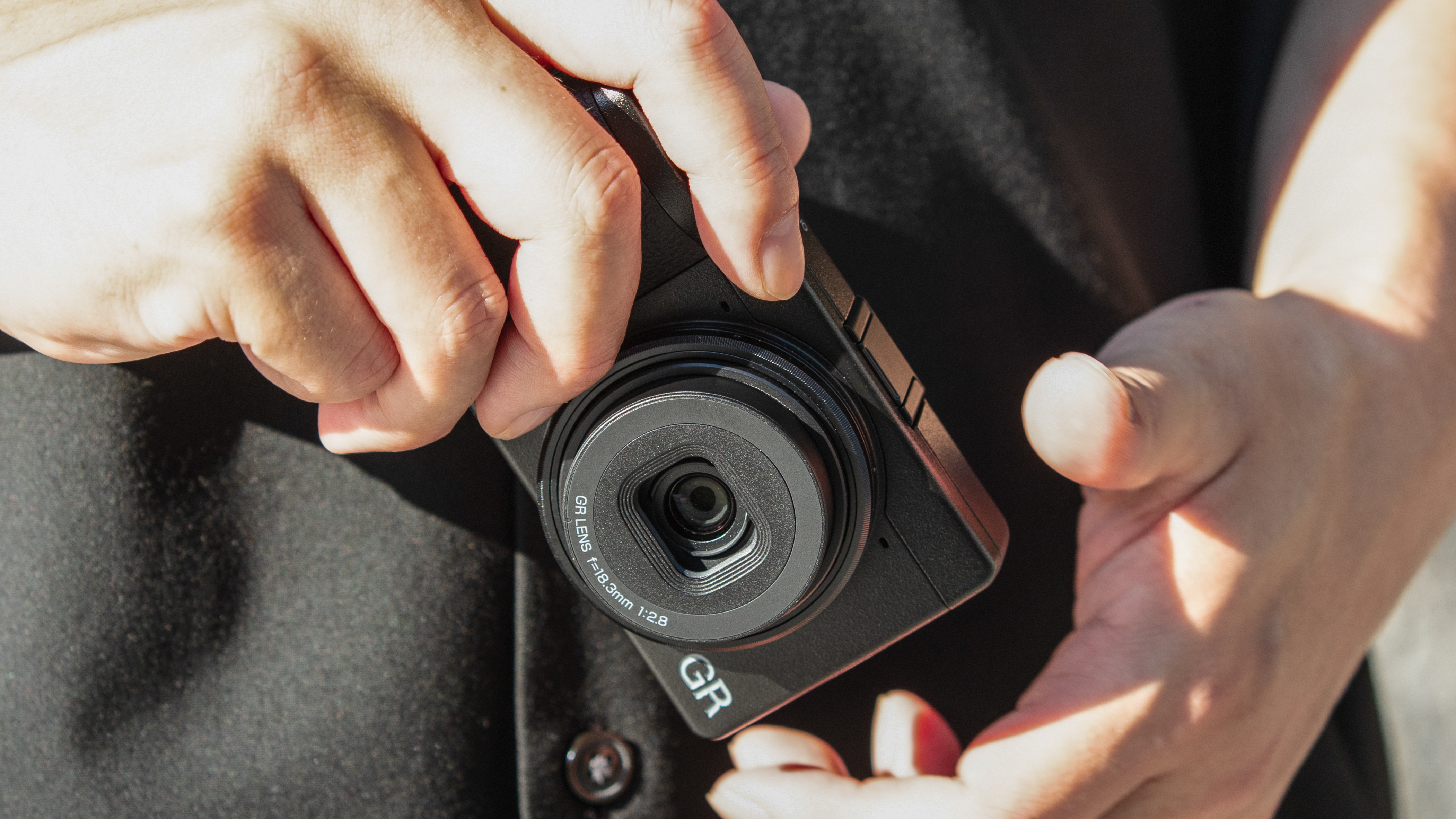
The long-awaited successor to the large sensor compact that tucks into pockets is finally here. The Ricoh GR IV just opened for pre-orders after weeks of building hype for the popular compact camera. Less than 24 hours after pre-orders opened, the camera has already earned a top seller badge from some retailers.
Ricoh says nearly everything about the Ricoh GR IV has changed, with an updated sensor, lens, processor, and autofocus. And while that’s true, it’s also true that very few of the features on the spec sheet have migrated very far from the 2019 version.
The sensor is new, but there’s less than a two megapixel difference between the two for stills and video still tops out at FullHD. A new processor should help boost the camera’s low-light images at high ISOs, yet the speed that a new processor typically offers doesn’t come, as the GR IV is still the rather sluggish 4 fps of its predecessor.
The biggest changes between the two cameras are the move to a five-axis stabilization system, a wider ISO range, a larger battery, a more compact lens, and more internal memory. Ricoh says the autofocus speed has also improved.
That, and the price. The GR III launched in 2019 for $899 / £799; the GR IV sells for $1,499 / £1,199.
But despite the changes being best described as more minor than major, the Ricoh GR IV has already earned the top seller badge at retailer B&H less than 24 hours after the camera became available for pre-order.

Why is a camera that makes only a few changes but sells for much more already topping sales lists? I suspect it is because the Ricoh GR series has never been about the specs in the first place.
The Ricoh GR III earned a devoted fanbase, but not for the specs – after all, even in 2019, a camera with a 4 fps burst and HD video wasn’t exactly a major technical innovation. The GR III became a trendy camera not for the specs, but for the ability to fit a mirrorless-sized sensor into a pocketable camera with a simple, snapshot design.
The Ricoh GR series has long been a favorite for street photography. The camera’s small size isn’t just good for portability. The camera isn’t imposing, and it doesn’t look like a professional camera. That means photographers are more likely to be able to grab candids without someone noticing and wanting to strike a pose.
Along the same lines, the simple design of the Ricoh GR IV makes the compact feel like the camera for unplugging. The sensor and lens are pro-grade, but the ergonomics are those of a snapshot camera. I used a point-and-shoot camera on my last vacation more than my mirrorless camera, and the switchover was liberating.
The Ricoh GR IV isn’t a major overhaul of the first-ever technical feats. But the compact camera packs a bright lens and large sensor into a snapshot-ready camera that doesn’t get in the way of the moment. That’s why the Ricoh GR series is so trendy, not specs.
I just wish the GR IV could have remained a budget-friendly alternative to the X100VI and the Sony RX100 VII. Yes, it’s still more affordable than those two options, but not by as steep a difference as the GR III.
Regardless, I’m glad the pocketable GR series is continuing – and if the popularity of the GR III is any indication, the compact camera will be a trendy option among high-end point-and-shoots.
You may also like
Learn where to pre-order the Ricoh GR IV, or take a deep dive into the spec sheet with this Ricoh GR III vs. GR IV comparison.







